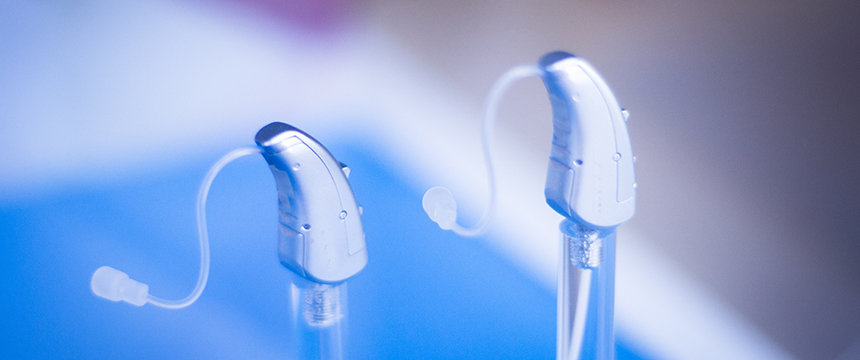
In response to President Biden’s Executive Order on Promoting Competition in the American Economy—which called for the Secretary of Health and Human Services to publish for notice and comment a proposed rule on over-the-counter hearing-aids within 120 days after the date of the order, on October 19, 2021—the U.S. Food and Drug Administration (FDA) issued a proposed rule to establish a new category of over-the counter (OTC) hearing aids. The order simply put a new timeline for being responsive to section 709 of the FDA Reauthorization Act of 2017, which directed FDA to, among other things, promulgate regulations for OTC hearing aids and specifically stated that state and local governments would not be permitted to establish or continue requirements specifically applicable to hearing products that are not identical to FDA requirements and that restrict or interfere with the servicing or sale of over-the-counter hearing aids.
In the proposed rule, FDA defines a new category of OTC hearing aids and establishes applicable requirements, amends existing rules for consistency with a new OTC category, repeals the conditions for sale applicable to hearing aids, amends the existing labeling requirements for hearing aids, and updates regulations relating to decisions on applications for exemption from Federal preemption that would become obsolete as a result of changes to the hearing aid requirements.
To ensure patient safety, the proposed rule defines a maximum output (volume) limit for OTC hearing aids aimed at preventing injuries resulting from overamplification of sound. The proposed rule also includes certain device performance and design requirements, e.g., distortion control limits, self-generated noise limits, latency limits, the range of frequencies that the device can reproduce and how uniformly the OTC hearing aid amplifies different frequencies over its bandwidth, and a requirement to limit the insertion depth of the device.
If finalized, the OTC category would apply to certain air-conduction hearing aids intended for adults age 18 and older who have perceived mild to moderate hearing loss. Hearing aids for severe hearing loss or for users younger than age 18 would be prescription devices. The hope is that the rule would more clearly define prescription hearing aids.
FDA’s stated goal in creating a regulatory category for OTC hearing aids and amending existing rules is to provide reasonable assurance of safety and effectiveness for these devices as well as foster access to, and innovation in, hearing aid technology, thereby protecting and promoting the public health. For consumers and retailers, the proposed rule (if approved) means that hearing aids may be sold directly to consumers in brick-and-mortar stores or online without a medical exam and without a fitting by an audiologist.
Foley is here to help you address the short- and long-term impacts in the wake of regulatory changes. We have the resources to help you navigate these and other important legal considerations related to business operations and industry-specific issues. Please reach out to the authors, your Foley relationship partner, or to our Health Care Practice Group with any questions.
